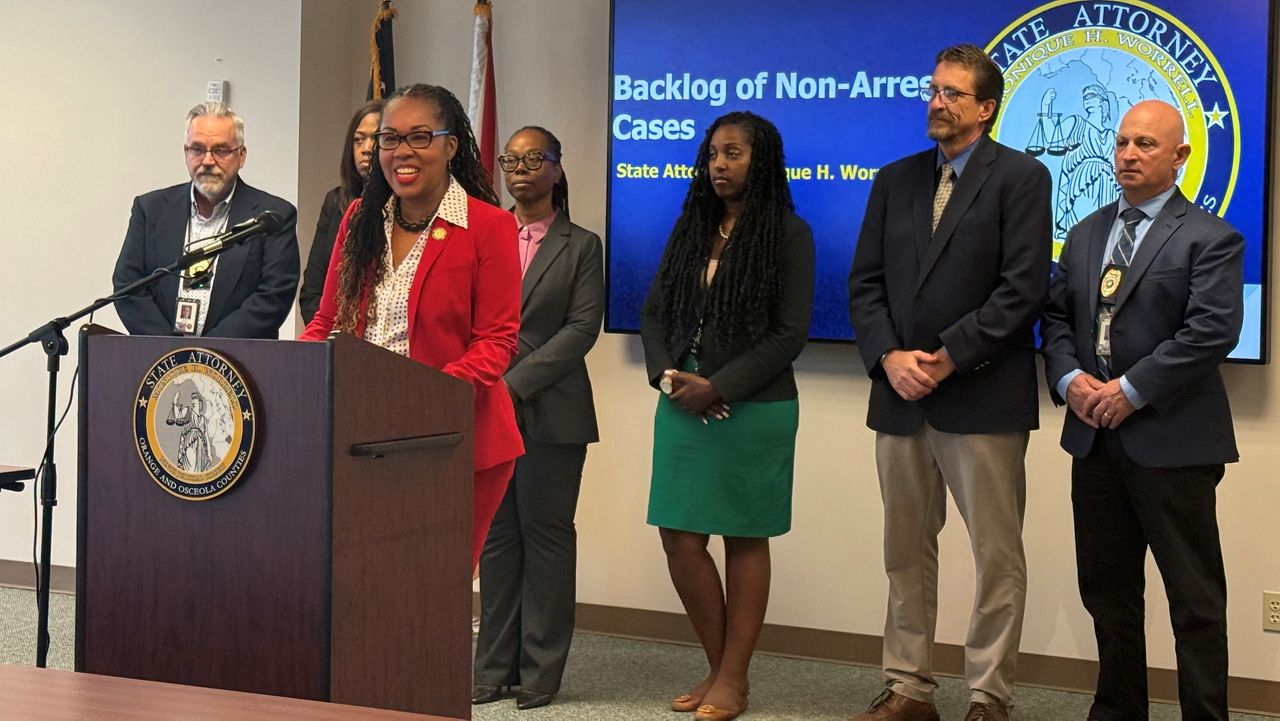ST. JOHNS COUNTY, Fla. — During their 10th and last meeting Friday morning, the Florida Museum of Black History Task Force gave final approval to recommend St. Augustine as the top site for a Florida Museum of Black History.
They voted 6-1 to submit the report to Gov. Ron DeSantis and the Florida Legislature, ranking St. Augustine as the top option. However, the task force also recommended that the legislature conduct a feasibility study for the top three ranked locations before making the final selection.
At the April 19 meeting, the Task Force narrowed down the potential location to three locations:
1. St. Augustine/St. Johns County.
2. Eatonville
3. Opa-Locka
At the May 21 meeting, after further discussion and public comment on the proposed location of the museum, the Task Force voted, based on the rankings that occurred on April 19, 2024, to recommend St. Augustine/St. Johns County as the site for the future Florida Museum of Black History.
According to the report put together by the Task Force, the new museum shall be a large facility up to 100,000 square feet capable of supporting all the functions of a leading institution, including, but not limited to collections care and storage, exhibits and programs. Construction of the museum will be funded by a combination of local funding and by the state via legislative appropriation.
Task Force member Regina Gayle Phillips works as the executive director of the Lincolnville Museum and Cultural Center of Saint Augustine.
“I’m happy to have been a part of the process so that at least people know that this museum needs to be built. This history needs to be told,” Phillips said.
The Lincolnville Historic District neighborhood in St. Augustine played a pivotal role in the nation’s Civil Rights movement.
The existing Lincolnville Museum and Cultural Center of St. Augustine sits in the heart of the Lincolnville community, formed by freed black slaves after the civil war. Its mission is to preserve African American history in Florida. Civil Rights movement leader Martin Luther King Jr. was arrested in St. Augustine.
Phillips says the rich African American history of St. Augustine was a decisive factor in the selection process.
“The first Black person to be born in America and be documented was here in St. Augustine," she said. "The first Black person to be married in the state of Florida, was here in St. Augustine. The earliest records of conquistadors coming to the Americas, St. Augustine.
"We have so many rich stories, the Civil Rights Movement and the impact that this city had on it and things that have continued throughout the five centuries of American history."
The proposed location for the Florida Museum of Black History is a 40-acre undeveloped property located at a strategic intersection approximately 2.5 miles from the center of Historic Downtown St. Augustine.
According to the St. Johns County proposal, the property was once home to the Florida Memorial University (FMU) campus, which has a rich history all of its own.
In 1779, Joseph Peavett owned a 420-acre parcel of land in present day West Augustine, upon which was housing for 28 slaves. After his death, a freed slave named Philip Edinburgh was granted 100 acres of the property by Gov. Enrique White.
Edinburgh remained the owner for about 20 years until the 1830s, when a business owner purchased the property for $234 and established a sugar plantation. After the end of the Civil War, the property changed hands several times until, in 1918, when Florida Memorial University (then called the Florida Normal and Industrial Institute) took advantage of an offer from the city of St. Augustine to relocate to the Old Hansen Plantation.
Lifelong West Augustine resident and community advocate Jaime D. Perkins said she is excited about the opportunities this museum will bring to the community.
“I think bringing something like this to the area creates economic development, which that community is deprived of, and I think we all are very aware of that," she said. "So having that museum come with the opportunity to create jobs, create resources for education initiatives, there’s no other place that it should be."
Phillips said having the museum at this location will bring synergy and different kinds of businesses to an area that is somewhat depressed.
“We want to save a community that’s a perfect opportunity to save a community that will be completely gentrified if we don’t bring something that will help to maintain the Black heritage,” Phillips said.
The next step in the process is to submit the final report to Gov. Ron DeSantis and to the state legislature with the recommendation. Members of the Task Force said it would be submitted before the July 1 deadline.
Now that the Task Force has made a recommendation, it will disband.









